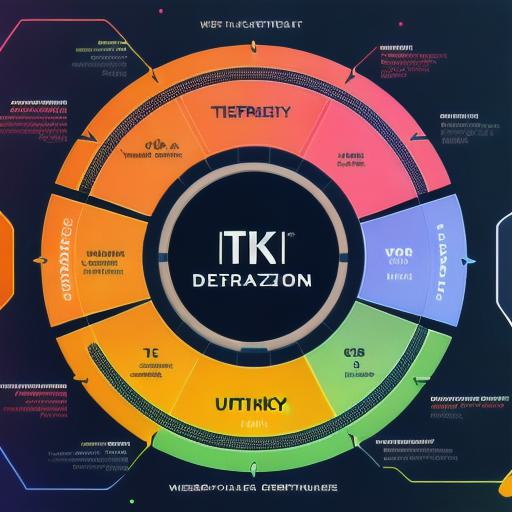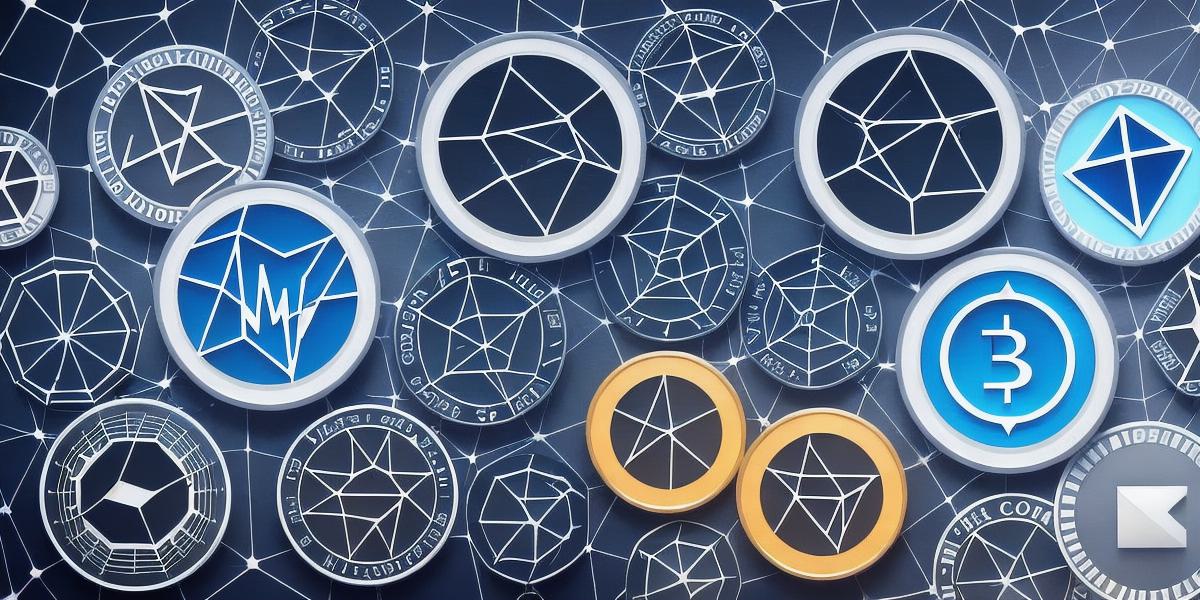With the rapid growth of blockchain technology and decentralized finance (DeFi), web3 tokens are becoming increasingly popular among developers looking to create innovative applications that leverage the power of blockchain. In this comprehensive guide, we’ll explore the potential of web3 tokens, including their unique features, use cases, and benefits.
What Are Web3 Tokens?
Web3 tokens are digital assets that operate on blockchain technology and enable new forms of ownership, governance, and exchange. Unlike traditional assets like stocks and bonds, which are controlled by central authorities, web3 tokens give users more control over their assets and the ability to participate in decentralized decision-making processes.

Key Features of Web3 Tokens
Web3 tokens have several unique features that distinguish them from traditional assets. These include:
Decentralization
Web3 tokens operate on blockchain technology, which is decentralized and transparent. This means that no single entity controls the network, making it resistant to censorship and manipulation.
Token Utility
Web3 tokens have a specific purpose or utility within the network. This can include accessing certain services, voting in governance decisions, or earning rewards.

Security
Web3 tokens are stored on the blockchain, which is secure and tamper-proof. This makes them less vulnerable to hacking and theft than traditional assets.
Liquidity
Web3 tokens can be easily traded on decentralized exchanges (DEXs), providing users with instant access to liquidity and reducing market slippage.
Use Cases for Web3 Tokens
Web3 tokens have a wide range of use cases, including:
Decentralized Finance (DeFi)
Web3 tokens are used in DeFi applications to enable new forms of lending, borrowing, and trading. Examples include Uniswap, Aave, and Compound.
Gaming
Web3 tokens are used in blockchain-based games to enable in-game transactions and create a more immersive gaming experience. Examples include CryptoKitties and Decentraland.
Supply Chain Management
Web3 tokens are used in supply chain management to track the movement of goods and ensure transparency and traceability. Examples include Tradefinex and IBM Food Trust.
Voting Systems
Web3 tokens can be used to create decentralized voting systems that are secure, transparent, and resistant to tampering. Examples include Voatz and Sybilium.
Benefits of Web3 Tokens
Web3 tokens offer several benefits, including:
Increased Accessibility
Web3 tokens enable users from all over the world to participate in decentralized decision-making processes, regardless of their location or financial status.
Improved Transparency
Web3 tokens operate on a transparent blockchain network, which enables users to track transactions and hold bad actors accountable for their actions.
Enhanced Security
Web3 tokens are stored on the blockchain, which is secure and resistant to hacking and theft. This reduces the risk of fraud and increases user trust.
New Forms of Ownership
Web3 tokens enable new forms of ownership, such as token-based communities and decentralized autonomous organizations (DAOs).
Case Studies
There are many real-life examples of successful web3 token projects. Here are a few:
Ethereum
Ethereum is the most widely used blockchain platform for creating decentralized applications, including games, finance apps, and supply chain management systems.
Bitcoin
Bitcoin is the first and most well-known cryptocurrency, which has inspired countless other web3 token projects.
0x
0x is a decentralized exchange protocol that enables the instant trade of any ERC20
